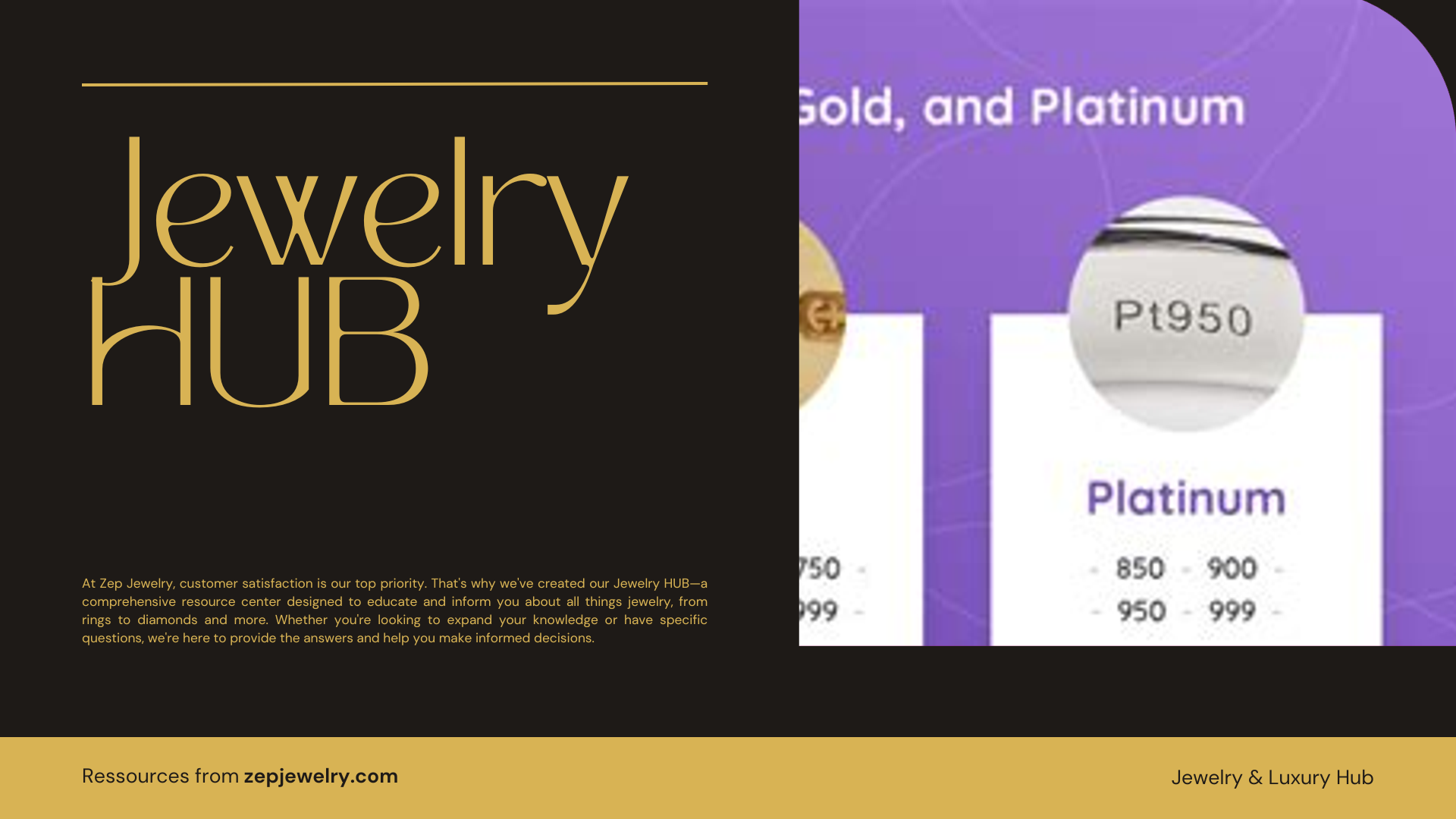Have you ever wondered what those tiny letters etched onto your jewelry really mean? When you spot the mark “Platinum” or its abbreviation “Pt,” you’re not just looking at a label—you’re gazing at a guarantee of quality. Just like a superhero badge that ensures safety, this mark signifies that at least 95% of your precious piece is pure platinum. Such rigorous standards instill confidence for buyers, assuring that what glimmers in their jewelry box retains both value and authenticity. As we dive deeper, we’ll unlock the nuances of these markings, revealing the golden (or should we say platinum?) truths behind your treasured adornments.
What does a jewelry mark of “Platinum” or “Pt” signify?
When you encounter jewelry marked as “Platinum,” “Pt,” or “Plat,” it signifies that the piece contains a minimum of 95% pure platinum. This stringent standard ensures that consumers can trust the quality and authenticity of their platinum jewelry, providing peace of mind in their purchase.
Beyond the basics, it’s important to recognize that the world of platinum markings includes various purity levels. For instance, you might see 999 denoting 99.9% purity or 950 indicating 95% purity, alongside the standard markings. These different designations allow buyers to easily determine the specific purity level of their jewelry, guiding them in making informed purchasing decisions.
In the United States, there’s a specific regulation stating that jewelry containing less than 50% pure platinum cannot be marked with the word “Platinum” or any abbreviation thereof. This protects consumers from misleading claims and reinforces the integrity of platinum as a premium metal. What’s more, the unique characteristics of platinum—its elegant, bright white shine, hypoallergenic properties, and impressive durability—make it a favored choice among those looking for high-quality, lasting investment pieces.
Moreover, unlike gold, which often requires rhodium plating to maintain its aesthetic appeal, platinum maintains its luster and brilliance through the years, requiring minimal maintenance. It develops a natural patina over time, which can be polished back to its original shine, further enhancing its charm. For those who value both beauty and durability, investing in platinum jewelry not only guarantees quality but also ensures a timeless addition to any collection.
In summary, understanding these markings provides insight into the jewelry’s composition, reinforcing the allure of platinum as one of the most exquisite and long-lasting choices available.
Can jewelry with less than 50% platinum be labeled as “Platinum”?
No, in the United States, jewelry that contains less than 50% pure platinum is prohibited from being labeled with the term “Platinum” or any abbreviation such as “Pt” or “Plat.” This regulation helps protect consumers from being misled about the quality and value of the jewelry they are purchasing, ensuring that the term “Platinum” is reserved for items of high purity and quality.
How can I verify if my jewelry is made of platinum?
One effective method to test for platinum is by using a magnet. Most precious metals, including platinum, are not magnetic, so if your jewelry is attracted to the magnet, it likely doesn’t contain any significant amount of platinum. Additionally, examining the jewelry for purity marks such as “Platinum,” “Pt,” or any numerical indication of purity like 950 or 999 can also help confirm its composition.
What are the advantages of choosing platinum for jewelry?
Platinum is renowned for its exceptional durability and strength, making it an ideal choice for daily wear jewelry, such as engagement rings. Its density ensures that it holds gemstones securely and does not suffer from significant wear over time. Moreover, platinum is hypoallergenic, which makes it a safe choice for individuals with sensitive skin or metal allergies, further enhancing its appeal in the luxury jewelry market.
Why does platinum command a higher price compared to gold?
The higher cost of platinum compared to gold is largely due to its rarity and density. Platinum is much less abundant than gold, which contributes to its elevated market value. Additionally, the jewelry industry recognizes platinum as a premium metal, often resulting in higher production costs and ultimately leading to the price discrepancy between platinum and gold jewelry.
How does the natural patina of platinum benefit jewelry owners?
Platinum develops a natural patina over time, which many enthusiasts find desirable. This patina enhances the unique character of the jewelry, offering a subtle beauty that adds depth to its appearance. Fortunately, the patina can easily be polished off to restore the metal’s original bright shine, making maintenance manageable while still allowing owners to enjoy the evolving aesthetics of their platinum pieces.
Why is platinum considered the ideal metal for engagement rings?
Platinum is often hailed as the premier choice for engagement rings largely because of its unmatched durability and timelessness. Its high melting temperature contributes to its strength, meaning that it can withstand the rigors of daily wear without losing its luster or compromising the security of set stones. For couples searching for a lasting symbol of their love, platinum embodies both resilience and beauty, making it the perfect choice for such a significant piece of jewelry.
